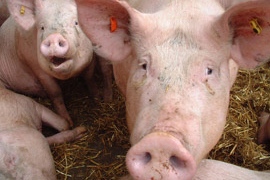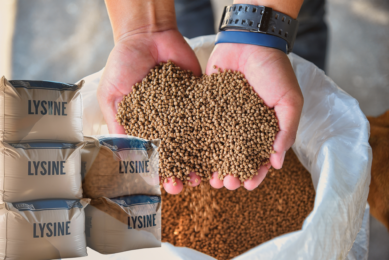Nutrition’s role in sow lameness prevention

Though there are treatment options, preventing sow lameness before it occurs is a producer’s best bet. According to Mark Wilson, Ph.D., reproductive physiologist at Zinpro Corporation, gilt and sow nutrition plays a large role in a lameness prevention programme.
Sow lameness is responsible for the culling of more gilts and first-parity sows, up to 50% of the US sow herd according to some estimates, than all other production factors combined.
“Research has demonstrated that feeding amino acid complexes helps to improve horn quality, decrease claw lesions and prevent a decline in reproductive response among young sows,” he says. “Feeding the combination of zinc, manganese and copper as amino acid complexes helps optimize the foot health and reproductive performance of gilts and sows.”
Wilson explains that the trace minerals zinc, manganese and copper each play a role in keeping sows’ feet healthy. Zinc is responsible for corium health, wound healing and sole, heel and wall horn strength and elasticity. Manganese strengthens density of joints, tendons and bones. Copper is important for connective tissue, white line health and sole, heel and wall horn strength and elasticity.[2]
“Growth and reproduction are physiological processes that are innately intertwined with the immune system,” says Wilson. “Adding zinc, manganese and copper as amino acid complexes to the diet decreases the duration of damaging inflammatory responses, and the result is a positive change in herd feed conversion and improved piglet growth and performance.”
Click here for more information on improving sow performance through trace mineral nutrition and sow lameness prevention











